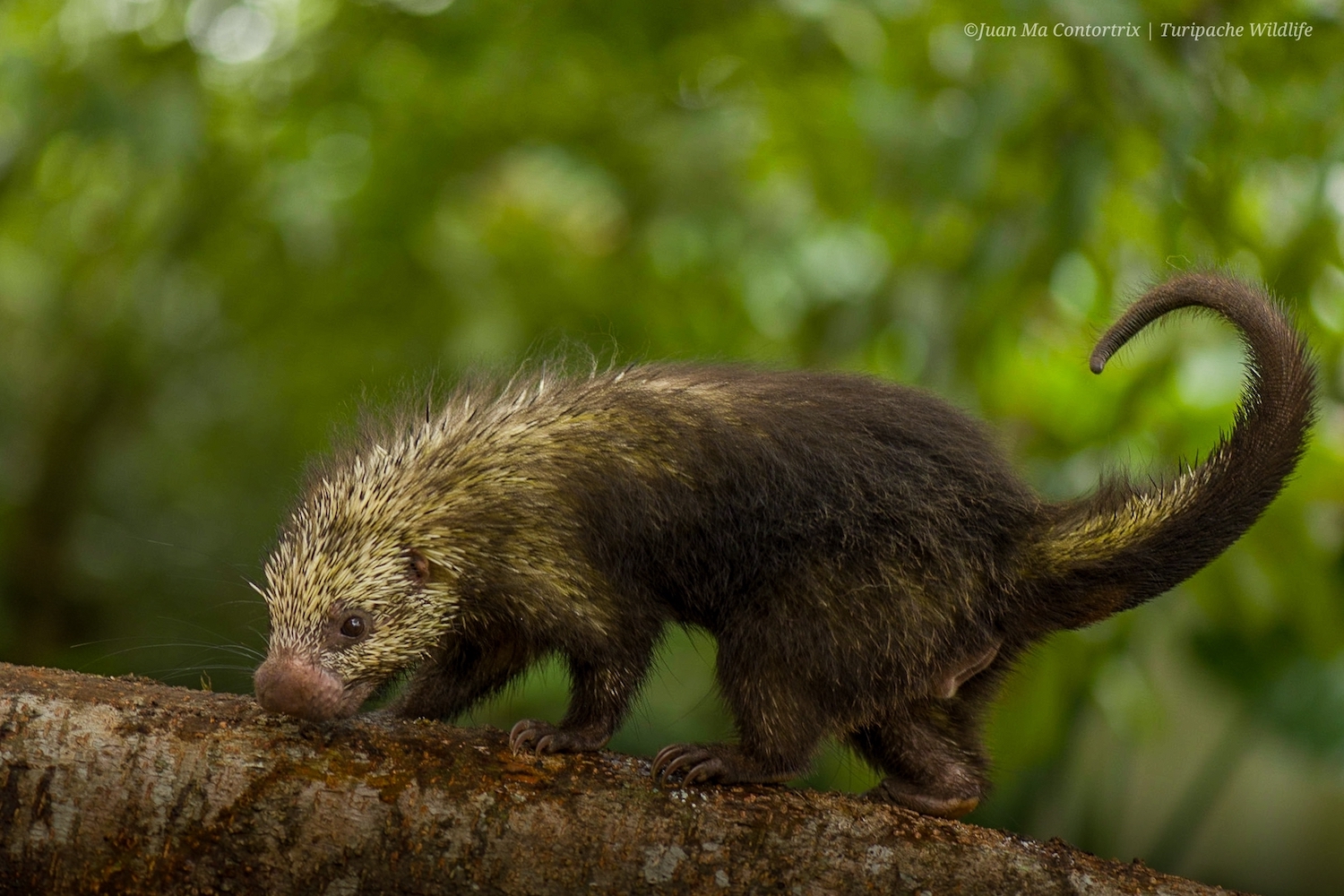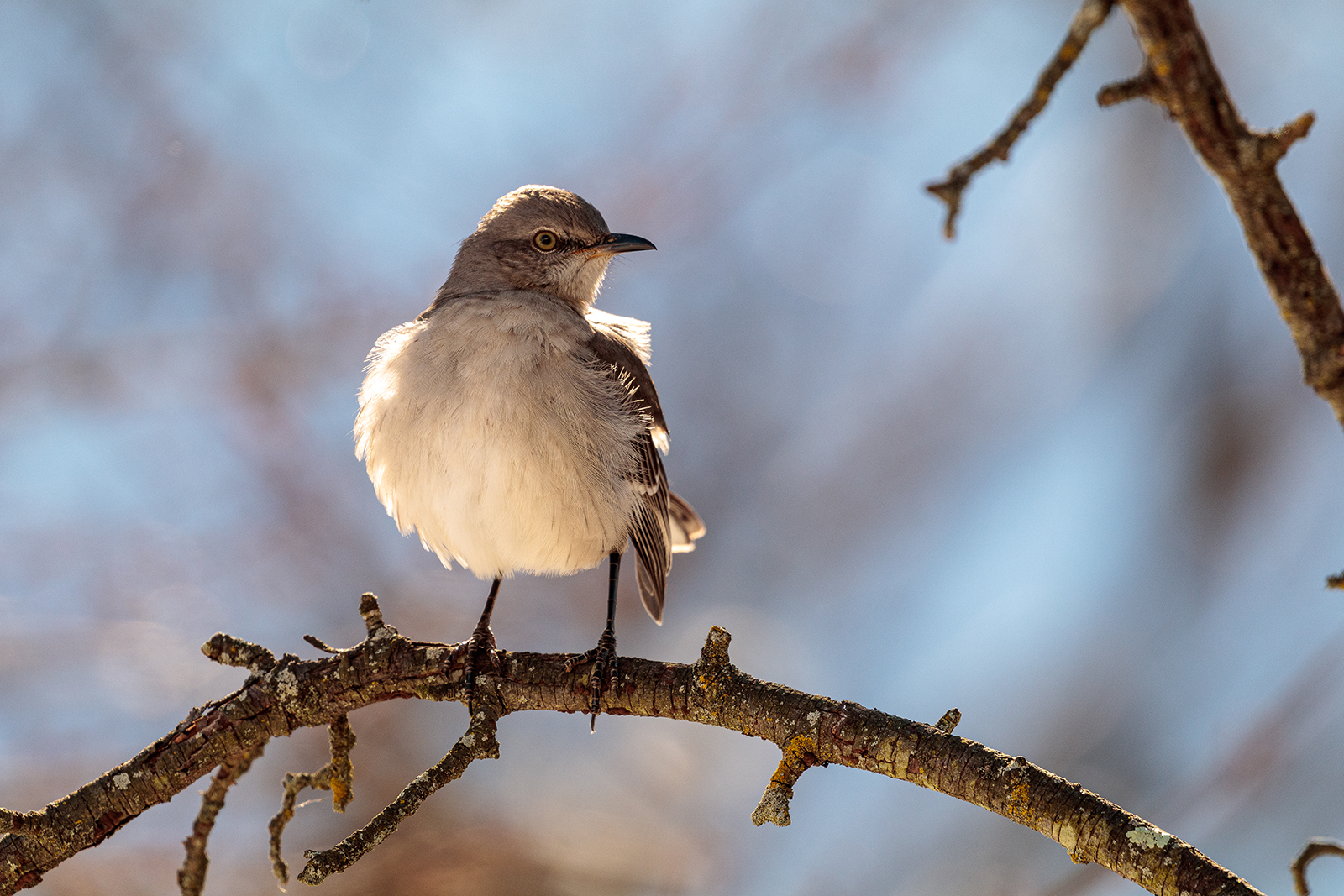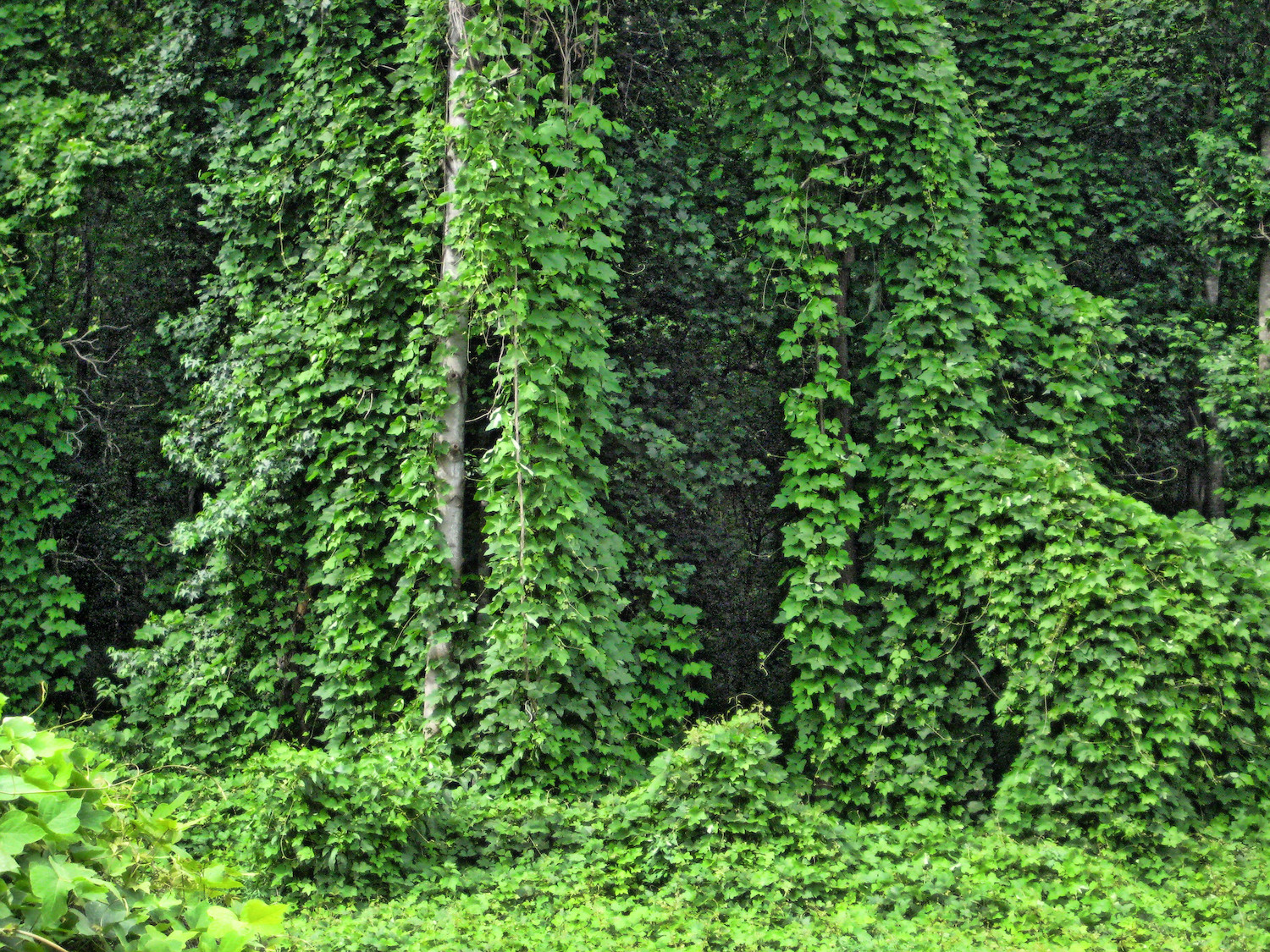My night safari tour group was busy chattering away, seemingly giving up on the possibility of wildlife. I peeled off and headed down a side trail. We were at Costa Rica’s La Selva Biological Station and I knew the potential for nocturnal mammals was high.
I wasn’t disappointed. I saw movement to my left as a creature stepped onto the trail. The immediate impression was of a supersized guinea pig covered in “Bambi” fawn spots. A lowland paca. Elusive and secretive, I felt lucky to experience a few seconds with this charismatic mammal.
I returned to the group and reported the sighting. My fellow visitors wanted to know what a paca was. “It’s a large rodent,” the nature guide said.
A rodent? The rest of the group just shrugged. What was so exciting about a rodent?
Biodiversity 101
Everything you need to know about the variety of life on Earth and how to protect it.
Rodents don’t always have the best reputation, and certain species do raid homes, destroy crops and spread disease. But the Order Rodentia includes more than 2,000 species characterized by a single pair of incisors on the jaw that grow continuously throughout the animal’s life.
They have evolved into an astonishing diversity of species. They inhabit just about every terrestrial habitat on six continents. They are an important prey base for many predators, ecosystem engineers, keystone species. Spend some time rodent watching and you’ll gain a greater appreciation for the diversity of life on earth.
These animals can be beautiful, surprising and just downright bizarre. Here are seven species that showcase some of the world’s coolest rodents.
Top 10 List
-
Let’s start with the world’s largest rodent. The capybara can reach 130 pounds and live in herds, more like we associated with hooved mammals.
Capybaras are social animals: they live in small family groups consisting of a dominant male, females and young, and subordinate males.
They occupy a wide range in Central and South America. They can occupy a wide range of habitats, from open plain to dense rainforest, but they’re never far from water. Spotting one in the Amazon is somewhat difficult. But in seasonally flooded grasslands, like the Pantanal and Colombian Llanos, they’re highly visible.
Capybaras are herbivorous eating grasses, brush and even tree bark, although they can be picky about what plants they’ll eat. But its their other dining habit that is most famous: they eat their own feces.
Coprophagia, as the practice is known, is not all that unusual in the animal kingdom. Rabbits do it, but they’re somewhat discrete about it. Capybaras conspicuously eat it as soon as it exits, before it even hits the ground. One writer calls it “a maneuver that calls to mind a teenager sticking his head under a Slurpee machine.”
-
These aquatic rodents are also known as water-rats, but otter-rat might be a more fitting moniker. The rakali is one of Australia’s largest rodents, and larger enough to be mistaken for a platypus at a distance.
Rakali are adapted to life in the water, having webbed hind feet, a waterproof coat, and a thick, powerful tail that’s tipped in white. Three related species of rakali, all in the Hydromys genus, are found in New Guinea and its offshore islands.
Like the platypus, rakali live in burrows along the banks, and come out at night to forage. Predominantly carnivorous, they hunt in the water for insects, crustaceans, frogs, lizards, fish, and even small mammals or birds. Once they catch their prey, rakali typically carry it back to a regular feeding side. Rakali are also of the few native Australian species that’s adapted to eat invasive cane toads. After catching their meal, rakali flip the toad over and eats its heart and liver, avoiding the toxic glands within its skin. (Justine Hausheer)
-
The African crested rat is not likely what comes to mind when you hear the word “rat.” At first glance, it resembles, as the Smithsonian’s National Zoo describes it, “a gray puffball crossed with a skunk.”
This rat has a mane of coarser, longer fur that erects when it feels threatened. It’s wise to heed the warning. That’s because the rat’s fur is often poisonous. The rat is not born this way. It utilizes branches from the poison arrow tree, the same plant used by East African hunter-gatherers to poison arrows.
As the National Zoo describes the rat’s use of the tree branches: “They chewed it, mixed it with spit and licked and chewed it into their specialized hairs. Exposure to the Acokanthera toxins did not alter rat behavior and neither did eating milkweed, the same cardenolide-enriched plant used as chemical defense by monarch butterflies.”
So the rat is immune to the poison. But its fur contains enough toxins to kill an elephant.
-
Many people are familiar with the gray squirrel, a species that has been spread around the world and is common in many city parks, suburbs and woodlands. The squirrel family (Sciuridae) is remarkably diverse and includes ground squirrels, flying squirrels, marmots, prairie dogs and chipmunks.
Many small mammals are nocturnal or difficult to find. Not so the squirrel family. Many species are highly visible, making them popular with mammal watchers who keep life lists. Trips to national parks or wildlife refuges on 5 continents will also offer squirrel sightings, if you know where to look.
My favorites are the supersized squirrels found in parts of Asia. While visiting the forests of Assam, my guide was surprised when I got nearly as excited about the Malayan giant squirrel as I did about gibbons and elephants. But the Malayan giant squirrel is a dramatic creature, with a striking contrast between its back and stomach and a big, bushy tail.
This is a species that spends much of its time in native tree canopy. Activities like logging and clearing for agriculture not only eliminate habitat but also make the squirrel vulnerable to overhunting. Places like Kaziranga National Park in the Indian state of Assam remain as strongholds for the species.
-
Confusingly, the mountain beaver is not a beaver. It also does not solely live on mountains.
Found in the Pacific Northwest of North America, the mountain beaver is really a one-of-a-kind mammal, the only species in its family. They have a short furry tail compared to the beaver’s famous paddle. Mountain beavers don’t build dams; instead they live in tunnels and often use tunnels to move through their forest homes. They need access to a regular supply of fresh water, and they can swim well if necessary, but they prefer their tunnels to the semi-aquatic life of beavers.
Some call the mountain beaver a “living fossil” because it has modified jaw muscles that other rodents lack. But it’s not a living fossil either. The mountain beaver continues to evolve and adapt.
Because it spends most of its time underground, this may be one of the most difficult-to-find of North American mammals. Count yourself lucky if you’ve completed a successful mountain beaver quest.
-
As a kid at scout camp, I feared late-night visits to the outhouse. The wooden structure was covered in impressive gnaw marks, left there by a North American porcupine drawn by the salt in urine. No one wanted to bump into a quilled rodent.
I never saw one in an outhouse. My porcupine sightings occurred in the forest. All so-called New World porcupines are arboreal, adapted for life in the trees. They also share other traits, like quills mixed with soft hairs.
Those soft hairs might not be immediately apparent with the North American porcupine. But the Mexican dwarf hairy porcupine is, as biologist Vincent Losasso notes, “an interesting blend of adorable and upsetting.”
He continues, “Their little brown eyes, bulbous pink noses and oversized incisors evoke an ‘I want to cuddle that’ feeling, but the bright, long yellow spines sticking out from under their brown fur in seemingly random patches arouse a ‘keep that thing away from me’ feeling.”
The Mexican hairy dwarf porcupine is even more adapted to life in the canopy than the North American porcupine. On land, its rather slow. But its prehensile, naked tail allows it to move through branches of Central American forests, where it feeds on seeds, leaves and fruits.
-
The naked mole-rat’s appearance is just the start of the weirdness for this underground mammal. It has a social behavior you more often associate with bees or ants. They’re eusocial, with one female “queen” doing most of the breeding. Nonbreeders defend the colony, gather food and tend to young.
They live in underground colonies that can extend up to two miles. The nonbreeders dig tunnels, with dominant individuals taking the lead until they’re tired. They then fall back and the next in line takes its place at the front of the digging order.
According to the National Zoo, if a predator shows up (often a snake), “ “soldier” mole-rats pile up to block the entrance and protect the colony.” Still, despite their long list of tasks, nonbreeders have a lot of downtime. They spend resting while piled on top of each other.
Unlike many of the rodents featured here, observing the behaviors of wild naked mole-rats would be nearly impossible. Fortunately, several zoos have colonies that allow a view to life as a eusocial mammal, and you can even observe them via live web cam.
I’m Manas Ranjan Sahoo: Founder of “Webtirety Software”. I’m a Full-time Software Professional and an aspiring entrepreneur, dedicated to growing this platform as large as possible. I love to Write Blogs on Software, Mobile applications, Web Technology, eCommerce, SEO, and about My experience with Life.





